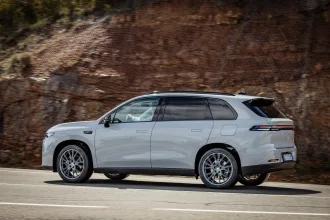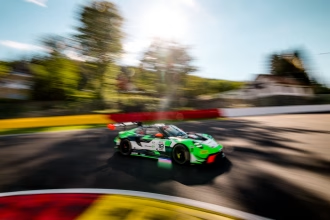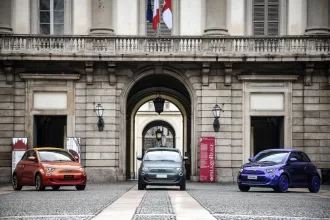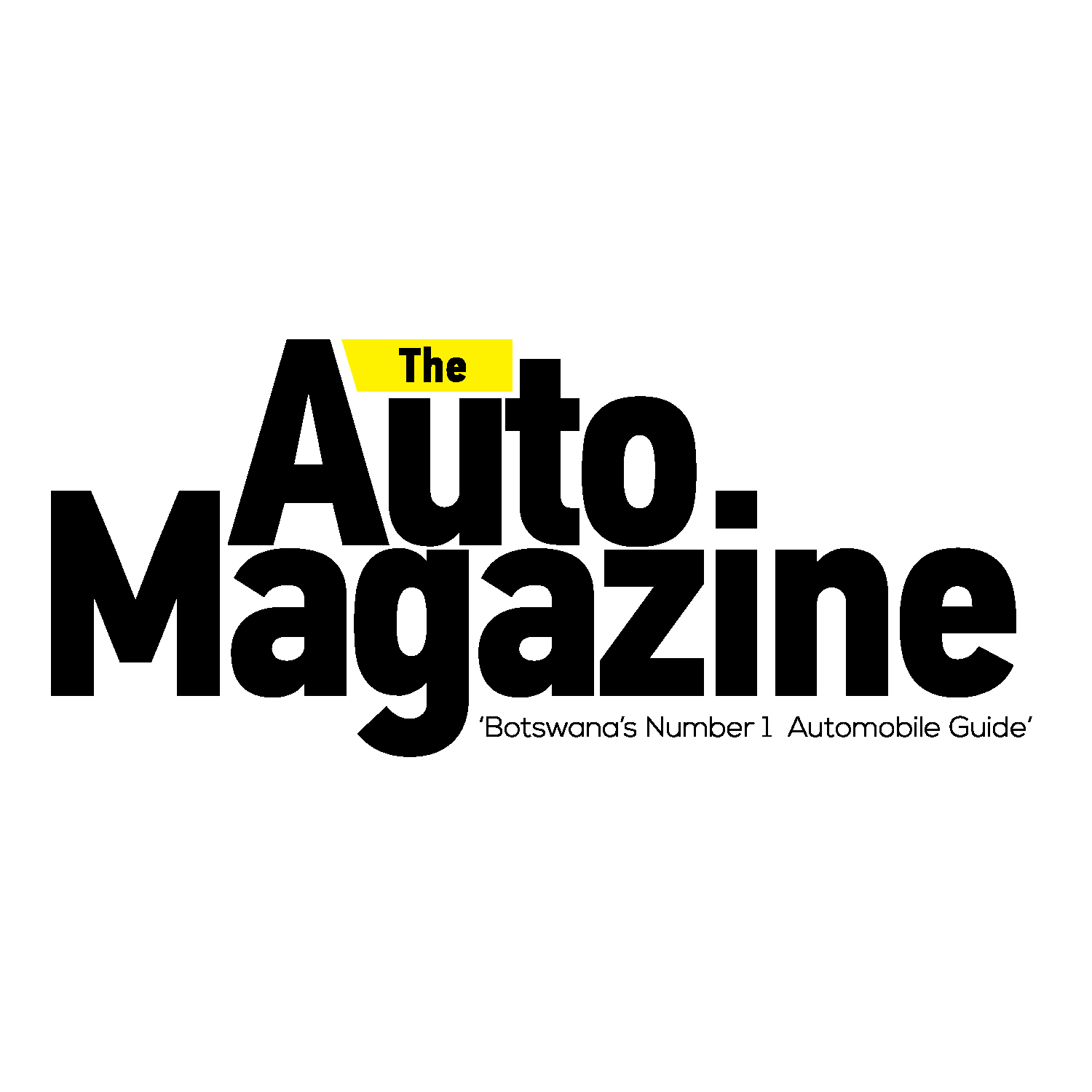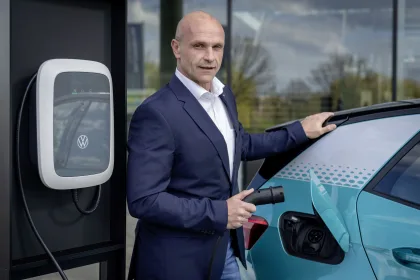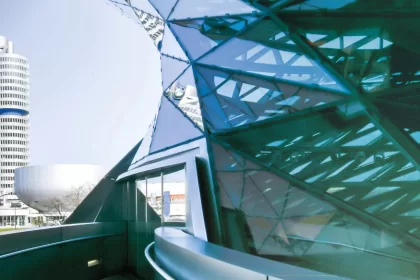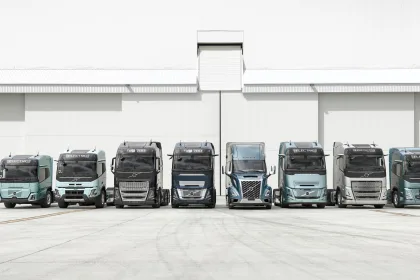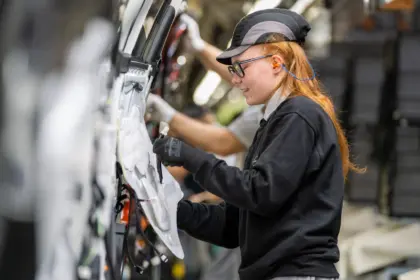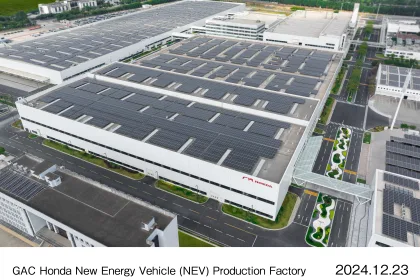In an industry so fundamentally globalised as ours, it is no exaggeration to say that the automotive world is standing at a crossroads. Tariff tensions between Europe, the United States and China, supply chain disruptions, and intensifying competition are reshaping global dynamics.And it’s clear that Europe’s automotive sector must find a strategic path forward.
Fresh from the vibrant corridors of the Shanghai Auto Show and key exchanges with our Chinese and Korean partners, it is evident that the automotive landscape is undergoing a profound transformation. What I witnessed was a palpable energy: a China that moves at ‘China speed’, building a comprehensive, cross-sectoral ecosystem of innovation, supply, and manufacturing. It is a time capsule of ambition and a test bed for the future.
China’s automotive industry is no longer asking whether it should go global; the question is when and how. European manufacturers, meanwhile, continue to leverage decades of craftsmanship, safety, and brand loyalty, launching confident new models and reinforcing their role as trusted innovators. The Shanghai event also made one thing clear: European companies cannot, and should not, disengage from China. Instead, they must smartly balance competition with collaboration.
In the background, growing tensions caused by US trade tariffs are adding layers of complexity and unpredictability to global automotive trade and supply chains, and we expect a substantial impact from this, from freezing of export flows to forced recalibration of investment and supply strategies.
Against this backdrop, Europe must build its own competitiveness and resilience, as well as continue to champion open, fair, and rules-based trade that allows the European automotive industry to continue thriving on its global strengths.
Our engagements with Chinese industry leaders exuded a strong willingness to collaborate in Europe, particularly in areas critical to the future, like battery manufacturing, electric vehicles, smart, and intelligent mobility solutions. Many of the Chinese executives we met acknowledged the enduring strengths of the European industry, expressing eagerness to learn, integrate, and contribute.
This offers Europe both an opportunity and a challenge.
On the one hand, collaboration can boost innovation, resilience, and sustainability. Strategic partnerships can help diversify supply chains, accelerate the development of green technologies, and build shared prosperity. On the other hand, Europe must ensure its regulatory framework maintains a level playing field, especially as Chinese manufacturers gain momentum and seek entry into European markets.
The entry of Chinese electric vehicles, supported by robust state-backed ecosystems, will test the competitiveness of European offerings. But let’s be clear: the answer is not to close doors but to get our house in order and start fighting for our place.
This, however, needs the enabling conditions to be in place by investing in the necessary infrastructure, from charging networks to critical raw materials sourcing, and supporting an industrial policy that nurtures local innovation and production. We must ensure that the energy grids are well-equipped and up-to-date and that energy prices are appropriately managed to provide the best price for industry and consumers alike.
We must also update and strengthen our existing trade frameworks. For instance, a timely revision of the automotive annexe in the EU-South Korea FTA could inject new energy into our trade relationships, ensuring that trustful, mutually beneficial relations are maintained and deepened.
Europe needs a clear, coordinated industrial strategy that mirrors the ambition we see in other parts of the world. The EU’s Green Deal, the Net-Zero Industry Act, and the Critical Raw Materials Act are essential steps, but they must be implemented urgently and pragmatically. We cannot afford to drift while others run.
Crucially, international competition and cooperation are not mutually exclusive. Automotive executives from around the world reiterated this in Shanghai: to succeed, companies must compete and collaborate simultaneously.
Europe’s automotive sector needs an effective implementation of the Automotive Action Plan, leveraging our historical strengths and confronting our upcoming challenges head-on. Only by collectively taking ownership of our future, from the Institutions to the associations, can we secure a sustainable, competitive future, but we must do this together.
The Shanghai Auto Show was not just a showcase of the latest models but a mirror reflecting the shifting global order. As Europe prepares for the next chapter of industrial transformation, let us ensure that the automotive industry, a cornerstone of European prosperity, remains future-driven, competitive, and deeply engaged with the world.
It is time to build bridges where we can and stand firm where we must.

